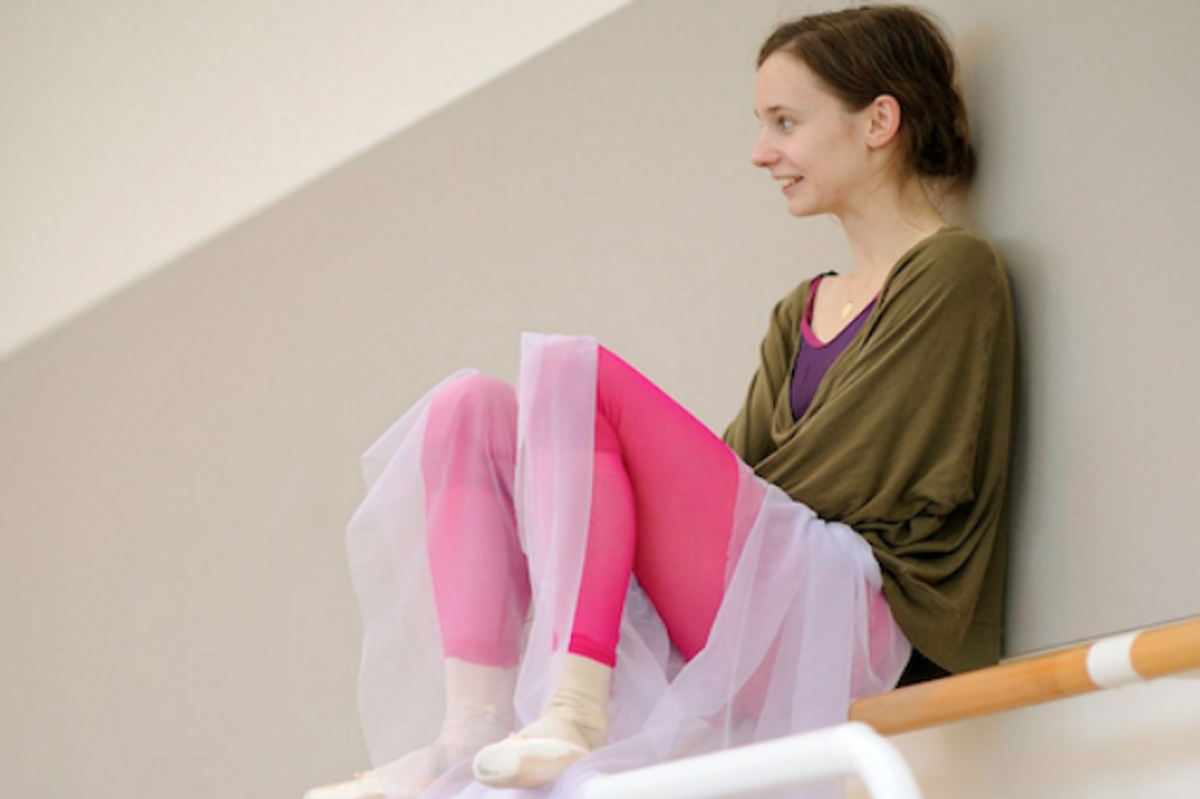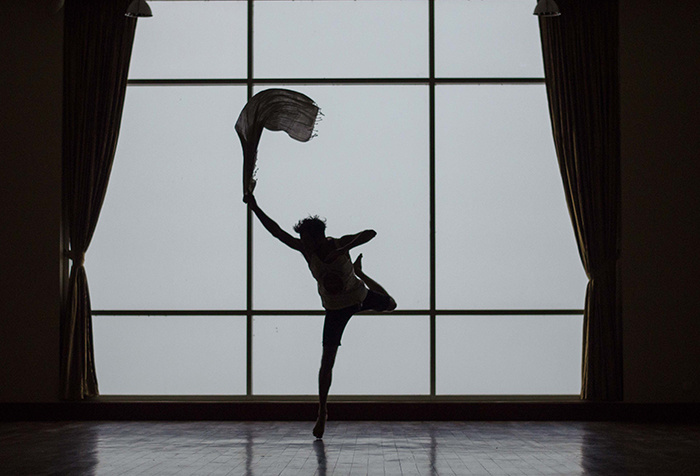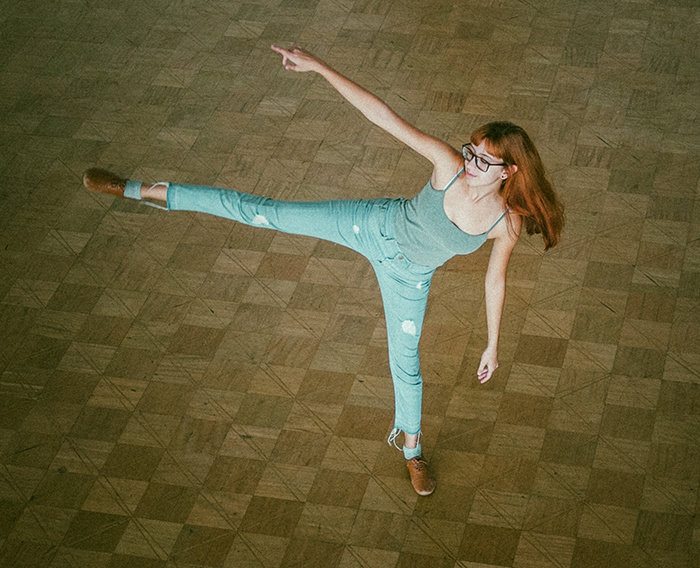
Whether you’re a dancer, a choreographer, or both, having time alone in the studio allows artists to grow in ways that class or rehearsal simply doesn’t. Yet without other people around to tell you what to do or keep you accountable, it’s easy to get stuck staring at yourself in the mirror, wondering where to begin.
Here’s how to make the most of your studio time and avoid staring aimlessly back at your reflection:
1. Set specific goals

Set goals before you even get into the studio. Photo by Kinga Cichewicz/Unsplash
Why are you in the studio? To work on a particular aspect of your technique? To set new choreography? To work on steps you recently learned? Make sure you know why you’re there, otherwise self-motivating can be nearly impossible.
2. Take time to warm up

Don’t give in to the temptation to skip warming up. Photo by Matthew Henry via stocksnap.io
Especially if you’ve paid for a studio for a limited amount of time, you might feel rushed to skip your warm-up. But it’s necessary both for your safety and to make the most of your time. As you develop a regular practice, you may end up creating your own warm-up, but if you don’t know where to start, use one from a class or teacher you like. Warming up also focuses your mind, which is especially crucial when you’re alone in the studio.
3. Push yourself

Decide how many reps you want to complete before you start. Photo by Etienne Boulanger via Unsplash
If you have difficulty self-motivating, set how many reps you’ll be doing before you begin an exercise. This way, you have a goal to work towards and can feel satisfied when it’s complete.
4. But don’t go overboard

Focus on one thing at a time. Photo by Andrei Lazarev via Unsplash
You can’t work on everything at the same time. When you drill combinations, pick one or two corrections to fix so you don’t feel overwhelmed. Once you see improvement, you can add another element to work on. If you’re working on musicality, focus on one short section of a dance at a time.
5. Work slowly

Don’t rush through steps when you’re alone. Photo by Pan Xiaozhen via Unsplash
Since no one else is there to correct you, take your time to notice how the movement looks and feels. Develop an awareness that will carry into doing the steps up to tempo.
6. Stay in performance mode

Even if you’re alone, act as though you’re performing. Photo by David Hofmann via Unsplash
Remember that you usually perform the way you practice. So run your dances as if you are performing, with the same amount of energy and exuberance.
7. Record yourself

An iPhone camera will do. Photo via stocksnap.io
Taking video of yourself can help you see aspects of your technique or choreography you wouldn’t notice otherwise. Use video as you work in the studio; recording, watching, then self-correcting. Or save the video until after you leave the studio, and return the next day with clear goals of what to work on.
8. Keep a journal

Reflect on your time in the studio afterwards. Photo via stocksnap.io
Taking time to reflect on your practice can help you make the most of the next time you’re in the studio. It’s also helpful to see how you develop over time.
9. Have fun!

Use alone time as an opportunity to explore new movement. Photo by Talles Alves via Unsplash
Don’t forget to enjoy yourself. Part of the fun of practicing alone is the freedom to move as you need, to explore new aspects of your dancing and to understand your body better.



